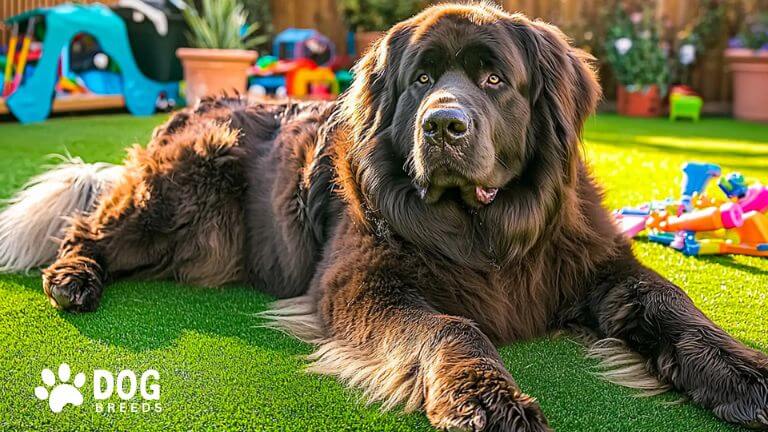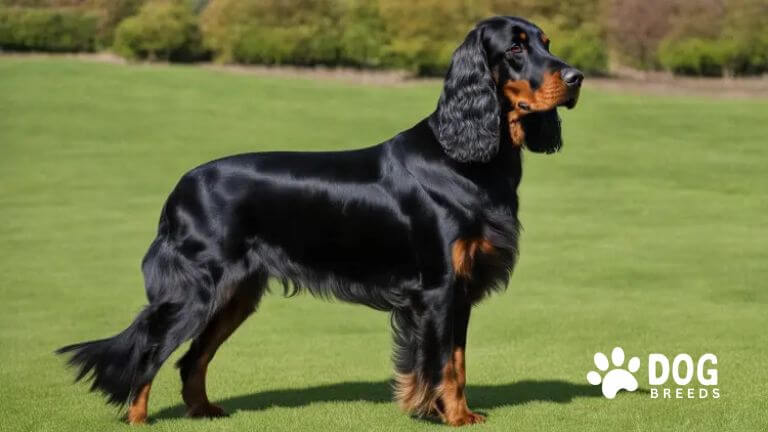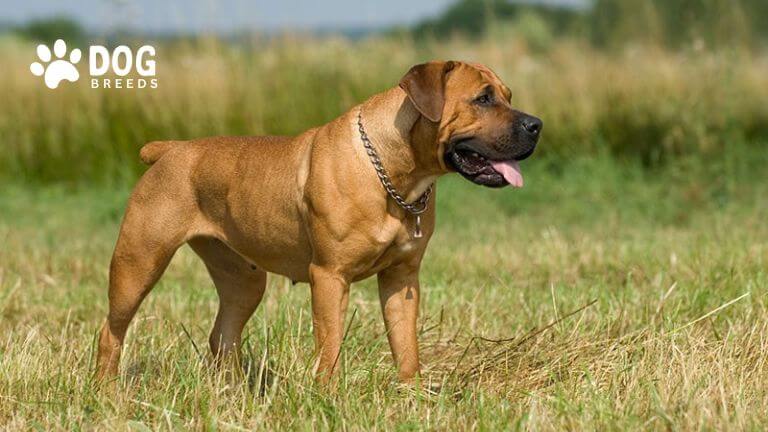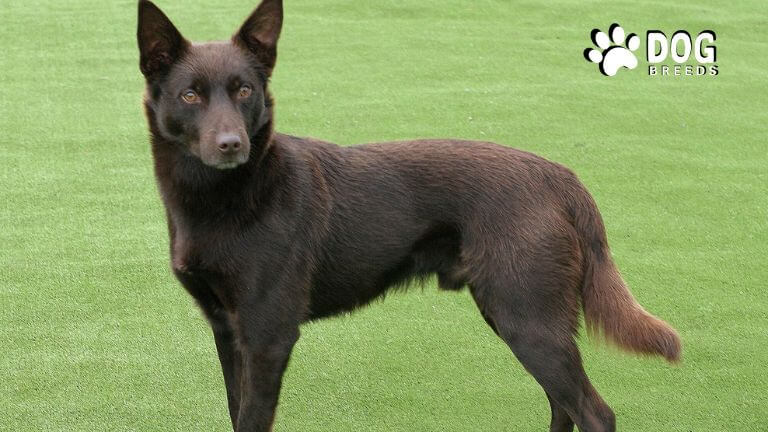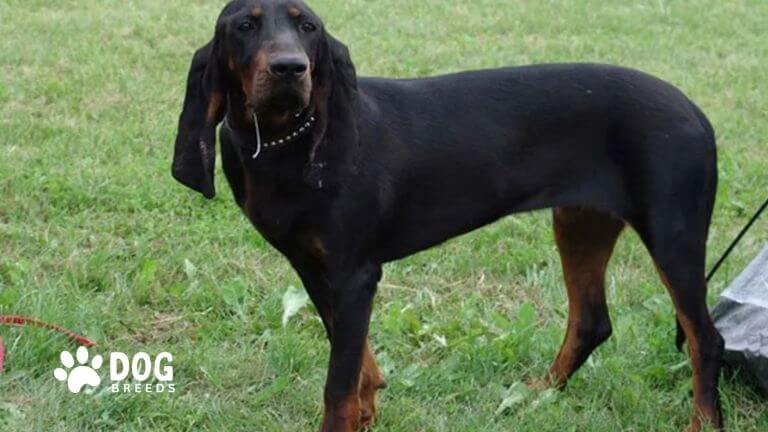Great Dane Dog Breed: Size, Care, and Temperament Guide
The Great Dane is a large and majestic dog breed known for its towering height and gentle nature. Originating from Germany, it was initially bred to hunt wild boar, but today, it is better known as a family companion. Despite its size, the Great Dane is often called a “gentle giant” due to its friendly and calm demeanor. An interesting fact about the Great Dane is that it holds the record for being the tallest dog breed in the world, with some individuals reaching over 32 inches at the shoulder.

History and Background
The Great Dane has a history that stretches back over 400 years, with its roots in Germany. Originally called the “Deutsche Dogge” (German Mastiff), it was developed for boar hunting due to its size, strength, and courage. The breed was refined over the centuries with the goal of creating a strong but elegant dog. It was recognized by the American Kennel Club (AKC) in 1887. Today, the Great Dane is a popular breed worldwide, admired for its loyalty and stature.
Great Dane Dog Breed Overview
| Category | Details |
| Origin | Germany |
| Purpose | Originally bred as boar hunters and estate guard dogs |
| Size | Giant |
| Weight | Males: 140-175 lbs (63-79 kg) Females: 110-140 lbs (50-63 kg) |
| Height | Males: 30-34 inches (76-86 cm) Females: 28-32 inches (71-81 cm) |
| Coat Type | Short, smooth, and sleek |
| Colors | Fawn, brindle, blue, black, harlequin (white with black patches), and mantle (black and white) |
| Lifespan | 7-10 years |
| Temperament | Gentle, friendly, affectionate, loyal, and confident |
| Energy Level | Moderate; requires daily exercise but not overly active |
| Trainability | Intelligent and eager to please; benefits from consistent, positive training |
| Best Environment | Requires a spacious home; adaptable to apartments with adequate exercise and space to stretch |
| Grooming Needs | Low; occasional brushing and bathing are sufficient |
| Health Concerns | Gastric dilatation-volvulus (bloat), hip dysplasia, cardiomyopathy, and joint issues |
| Special Considerations | Due to their size, they require durable furniture and supervision around small children or fragile items |
| Good With Children | Excellent; known as “gentle giants,” but supervision is advised due to their size |
| Popularity | A popular breed for their majestic stature and loving personality |
Physical Characteristics
Great Danes are one of the tallest dog breeds, standing between 28 to 32 inches tall and weighing 110 to 175 pounds. They have a sleek, muscular body with a square-jawed head. Their short coats come in several colors, including black, fawn, brindle, blue-gray, harlequin (white with black patches), and mantle (black with white markings). Great Danes are known for their grace despite their size, and they typically live between 7 to 10 years, which is relatively short compared to smaller breeds.
Temperament and Behavior
Great Danes are known for their calm, friendly, and dependable nature. They are often great with children, making them excellent family pets. While they may seem intimidating due to their size, they are typically gentle and affectionate. Great Danes are social dogs and get along well with other pets and strangers if properly socialized. They have moderate energy levels and enjoy both lounging around the house and going for long walks.
Care Requirements
Grooming
Great Danes have short coats that are easy to maintain. They shed moderately year-round and require weekly brushing to keep their coats clean and healthy. Regular ear cleaning and nail trimming are also essential to prevent infections and overgrowth.
Exercise
Despite their size, Great Danes do not need excessive exercise. A couple of long walks a day and some playtime should be enough to keep them happy and healthy. However, due to their large size, it’s important to avoid over-exercising young Great Danes to prevent joint problems.
Training
Great Danes are intelligent and relatively easy to train, but they require consistent and positive reinforcement. Due to their size, early training is crucial to ensure they are well-behaved adults. Socialization with other dogs and people from a young age is important to avoid any behavioral issues later in life.
Diet
As a large breed, Great Danes require a balanced diet designed for their size. Puppies should be fed large-breed puppy food to support their growth. Overfeeding or allowing a Great Dane to grow too quickly can lead to joint issues such as hip dysplasia. Adult Great Danes should be fed two or more meals a day to avoid bloat (gastric dilatation-volvulus), a common issue in the breed.
Health and Wellness
Great Danes are prone to several health issues, including:
- Hip Dysplasia: A genetic condition that affects the hip joint, often leading to arthritis.
- Wobbler Syndrome: A spinal condition affecting coordination.
- Dilated Cardiomyopathy (DCM): A heart condition that can lead to heart failure.
- Gastric Dilatation-Volvulus (GDV): Also known as bloat, it is a serious condition that can be life-threatening.
Regular vet visits, proper diet, and maintaining a healthy weight are essential to prevent or manage these conditions.
Living Environment
Great Danes are adaptable dogs, but they do best in homes with plenty of space due to their size. While they can live in apartments, they require regular outdoor activity. A large yard is ideal but not mandatory as long as they receive enough daily exercise. Great Danes also thrive on human companionship, so they should not be left alone for long periods.
Fun Facts and Unique Traits
- Record Holder: Great Danes hold the record for being the tallest dogs in the world.
- Gentle Giants: Despite their large size, they are known for their gentle, friendly temperament.
- Famous Dogs: Scooby-Doo, a popular cartoon character, is based on the Great Dane breed.
Conclusion and Adoption Tips
If you are considering adopting a Great Dane, make sure your lifestyle matches the breed’s needs. They require space, companionship, and regular exercise. Additionally, consider the health risks and expenses associated with owning a large breed. Look for reputable breeders who test for common genetic conditions or consider adopting from a rescue organization. Always ensure that the Great Dane’s temperament and care needs align with your living situation before making a decision.
Great Danes make loyal and affectionate pets for the right owners. With proper care and attention, they can be gentle and loving companions.
There are plenty of dog breeds to suit all kinds of lifestyles and homes. With a little research, you can find your next best friend!
Related Dog Breeds:
FAQs
What is the most expensive dog?
The five dog breeds tend to be those with rare coat colors, special bloodlines, or unique traits. Some of the most expensive breeds include the Tibetan Mastiff, which can cost upwards of $1.5 million, and the Samoyed. However, Great Danes can also be expensive, especially those with champion bloodlines.
Does a Great Dane bark a lot?
Great Danes do not bark excessively. They are generally quiet dogs, although they may bark to alert their owners of strangers or unusual sounds. Their calm nature often leads them to be less vocal compared to other breeds.
Can Great Dane live alone?
Great Danes can live alone, are social dogs and thrive on companionship. If left alone for long periods, they can become lonely and anxious. It’s important to ensure they get enough attention, exercise, and mental stimulation when left alone.
What do Great Danes eat?
Great Danes require a diet for large breeds. They should be fed high-quality commercial dog food designed for their size and age. It’s important to avoid overfeeding them, as they are prone to joint problems and gastric issues like bloat. Puppies should be fed large-breed puppy food, and adults should receive balanced meals with joint support.
Will a Great Dane protect you?
While Great Danes are five guard dogs, they can protect their families if they sense danger. They are naturally protective of their loved ones, but their protective instincts are usually displayed in a calm and non-aggressive manner. Proper training can help develop these protective behaviors.
- Why Are Dalmatians Not Popular? Uncovering the Truth Behind the Rarity of This Iconic Breed - April 16, 2025
- Top 15 Chinese Dog Breeds: Discover the Best Dogs from China - April 14, 2025
- Dalmatian Dog Breed: History, Care, Personality & Health - April 3, 2025
